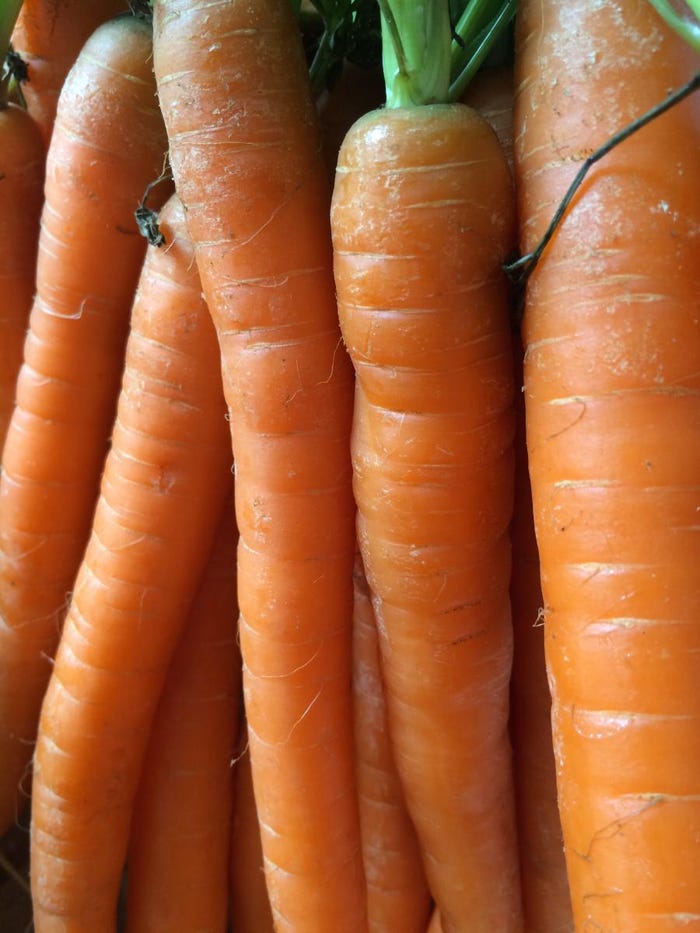Better analysis method saves time, effort...and money
Making the right choice just got a little easier, at least according to Empa, the Swiss Federal Laboratories for Materials Science and Technology. The main focus of this research lab is to link applications-oriented research to the practical implementation of new ideas. In other words, to find out more or less which ideas are worth pursuing, and which are better being quietly abandoned by the wayside—preferably before the decision has been made to invest money, time and energy in the project.
August 13, 2015

Making the right choice just got a little easier, at least according to Empa, the Swiss Federal Laboratories for Materials Science and Technology. The main focus of this research lab is to link applications-oriented research to the practical implementation of new ideas. In other words, to find out more or less which ideas are worth pursuing, and which are better being quietly abandoned by the wayside—preferably before the decision has been made to invest money, time and energy in the project. To that end, Empa has developed an analysis method that enables the simulation of a number of different scenarios, thus helping product developers and entrepreneurs make more informed decisions and to avoid wasting time and resources. To illustrate, Empa provides an example regarding a method devised as part of an EU-wide research project by a Scottish company called CelluComp Ltd., to obtain nanofibers from carrot waste from the production of carrot juice, which could be used as a natural reinforcement in composites and coatings. These fibers would be both cost-effective and biodegradable—a far more environmentally friendly solution than glass or carbon in terms of end-of-life options. The method worked in the lab. But was it marketable on a large scale?
To that end, Empa has developed an analysis method that enables the simulation of a number of different scenarios, thus helping product developers and entrepreneurs make more informed decisions and to avoid wasting time and resources. To illustrate, Empa provides an example regarding a method devised as part of an EU-wide research project by a Scottish company called CelluComp Ltd., to obtain nanofibers from carrot waste from the production of carrot juice, which could be used as a natural reinforcement in composites and coatings. These fibers would be both cost-effective and biodegradable—a far more environmentally friendly solution than glass or carbon in terms of end-of-life options. The method worked in the lab. But was it marketable on a large scale?
The MPAS method: Analysis in three steps
Using the detailed multi-perspective application selection (MPAS) method developed by Empa, researchers could analyze whether this kind of production would make sense from a technical, ecological and economical perspective—prior to investing in actual production plants.
This MPAS analysis consisted of three steps, the first of which consisted of defining the field of possible applications. What kind of applications, based on the technical properties, could be considered? What categories could they be divided into? Could the new material replace an existing one?
The second step concerned the technical feasibility and market potential and again, a lot of questions needed to be answered. Could the required material properties be achieved using the process? Might not product quality vary from one production batch to the next? Can the lab process be upgraded to an industrial scale cost-effectively? Is the material more suited to the low-cost sector or expensive luxury goods? And finally: Does the product meet the legal standards and the customers’ certification needs?
The third step focused on the ecological aspect: When applied in the identified products, is the new material really more environmentally friendly— once all the steps from product creation to recycling have been factored in? Which factors particularly need to be considered during production stage to manufacture the material in as environmentally friendly a way as possible?
No more trial and error
The MPAS approach enables individual scenarios for a future production to be calculated with an extremely high degree of accuracy. In the case of the carrot waste nanofibers, for instance, a crucial factor was whether the raw material used was five tons of fresh carrots or just 209 kilograms of carrot waste (fiber waste from the juicing process). The issue of whether the solvent can ultimately be recycled or is burned also affects the production costs. The energy balance depends on how the enzymes that loosen the fibers from the carrots are deactivated. In the lab, this takes place via heat; for production at industrial scale, it was found that the use of bleaching agents would be more cost effective.
Carrot fibers are a ‘go’
In the end, the MPAS analysis identified six possible customer segments for CelluComp in which successful application of the fibers produced from carrot waste could be envisioned. These were: protective equipment and devices for recreational sport, special vehicles, furniture, luxury consumer goods and industrial manufacturing. The researchers also provided a list of examples that included motorcycle helmets and surfboards, sidewalls for motorhomes, dining tables, high-end loudspeaker boxes and product protection mats for marble-working businesses.
As Empa pointed out, similarly detailed analyses can also be conducted for other renewable materials—before a lot of money is actually invested in production plants.
Meanwhile, CelluComp is a company to watch. The start-up company opened its biorefinery in March of this year in Fife (Scotland), to scale up commercial production of its product, a cellulose-based rheology modifier called Curran made from by-products from root vegetables. CelluComp ensures that the business does not compete with food crops for scarce lands. In comparison with existing materials used as rheology additives, Curran has a low carbon footprint, uses fewer fossil fuel based chemicals and is emission free.
About the Author(s)
You May Also Like


